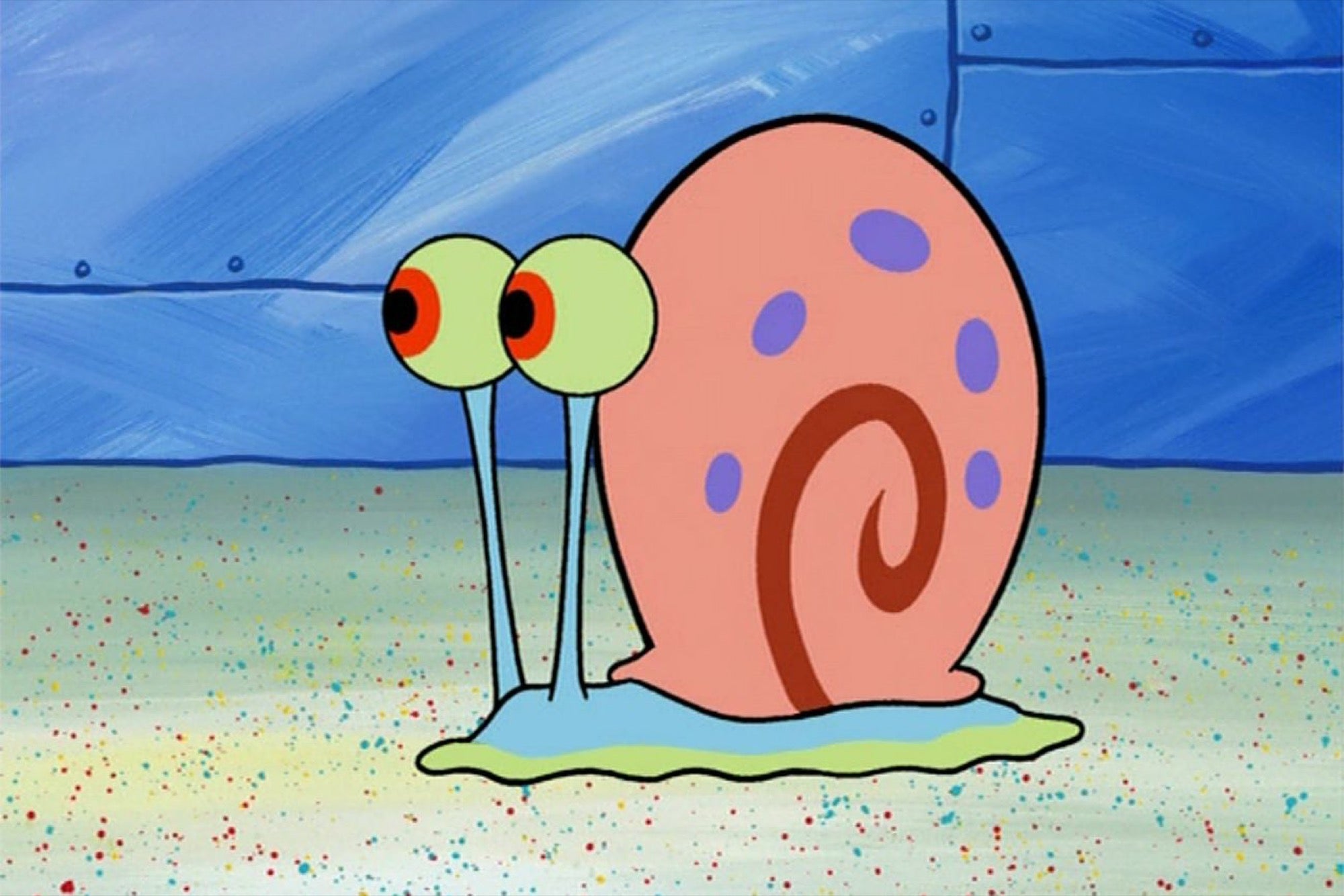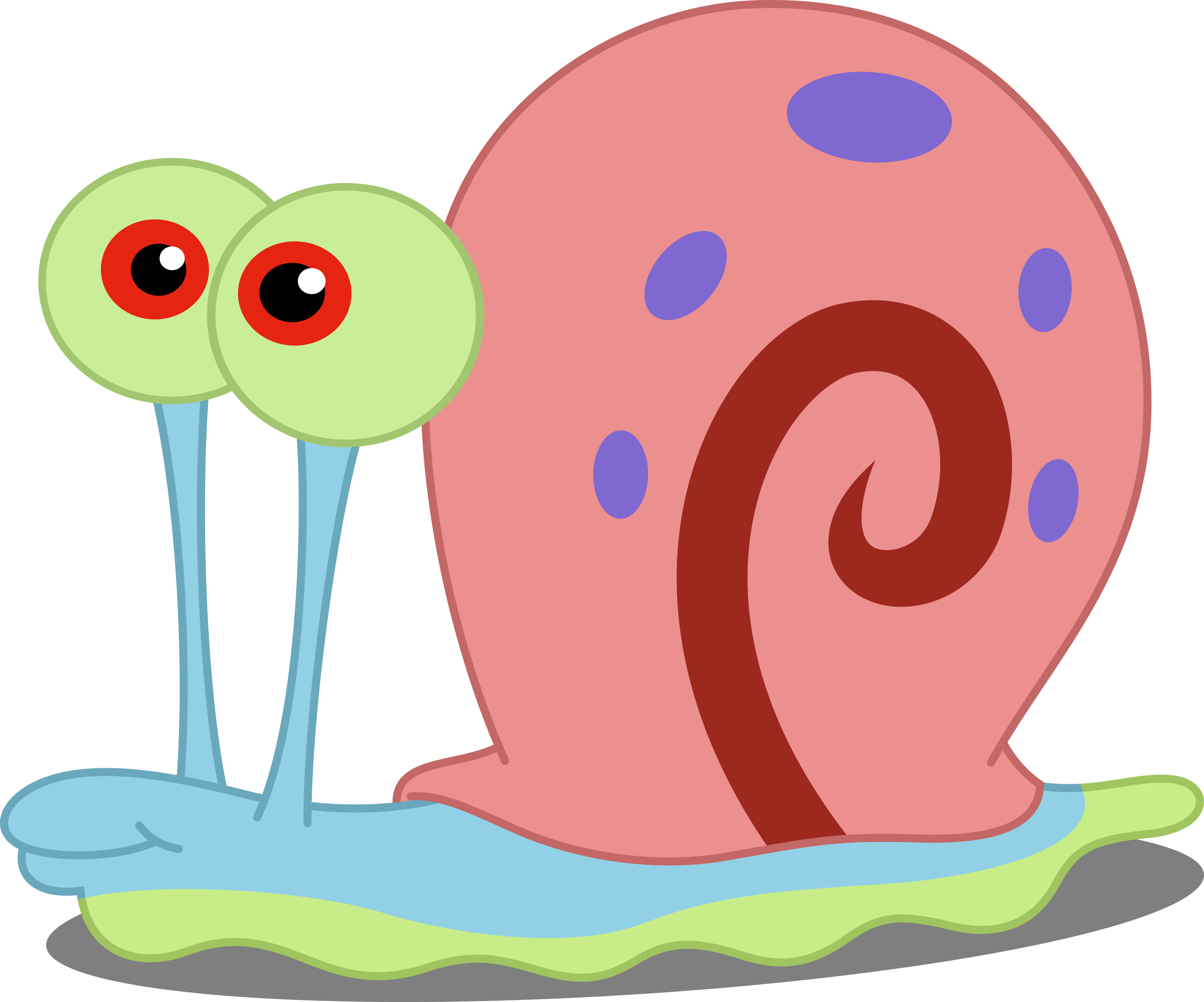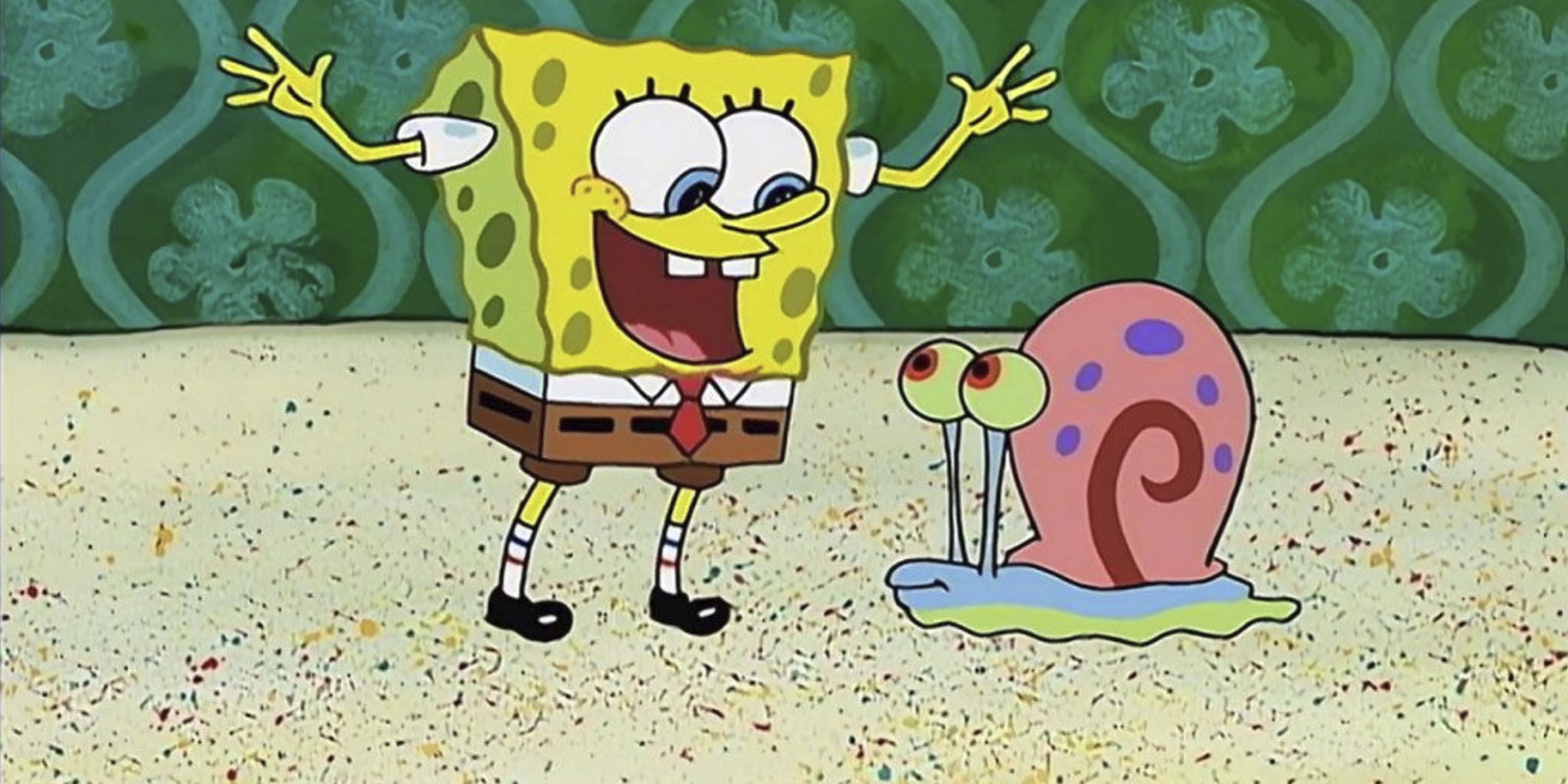When a name is mentioned, like, say, "Gary," it often brings to mind various connections, doesn't it? Perhaps you think of a family member, a friend, or even a famous person. The name itself, "Gary," carries a story, a long journey through different languages and times. It's a name that has seen many changes, shifting its form and meaning as it traveled through history. This exploration considers the background of a name that someone, for instance, gary.barlow's.son, might carry.
The word "Gary" and its relative "Garry" are both ways we use masculine given names in the English language. So, you know, these names have been around for quite some time, settling into our everyday conversations. It's a rather interesting thing, the way names come about and then stay with us, becoming part of our daily talk, often without us giving it much thought.
It seems "Gary" likely came from an older Norman French name, "Geiree." That name, in turn, apparently found its origins in an even older Frankish name, "Geiserich." This "Geiserich" was put together from different parts, giving it a particular meaning way back when. This lineage, in a way, shows how deep the roots of a simple name can go.
Table of Contents
- The Story of a Name - What's in a Gary?
- Where Does the Name Gary Come From?
- A City Called Gary - More Than Just a Place
- What Happened to the City of Gary?
- Gary's Cultural Footprint - Is It Still Felt?
- How Does Gary's Past Shape Its Present?
- The Name Gary - What Does It Mean Today?
The Story of a Name - What's in a Gary?
The name "Gary," as we often hear it, has a rather long and interesting history, stretching back through different cultures and periods. It's not just a collection of letters, you know, but a word that has traveled through time, picking up bits of its past as it went. This journey gives it a certain weight, a kind of historical echo, for anyone who bears it.
It's pretty common for names to come from older forms, and "Gary" is no exception. Its path seems to begin with the Old Frankish people, a group whose language and customs shaped parts of early Europe. The name "Geiserich" was part of their way of speaking, and it held a particular meaning for them, built from distinct word pieces. This original form then went through a transformation, becoming "Geiree" in Norman French, which was a language spoken by people who came to England a long time ago.
From "Geiree," the name then found its way into English, settling into the forms "Gary" and "Garry." This movement across languages and time periods is a common thread for many names we use every day. It shows, in a way, how our language is always changing, always taking in new bits and pieces from other places and times.
The name "Gary" is, in some respects, a connection to these older traditions. It links us back to a time when names often described someone's qualities or their family's background. While the original meaning might not be clear to us now, the journey of the name itself is a story of how words evolve and become part of new cultures.
Consider this little summary of the name's journey:
| Originating Language | Early Form | Intermediate Form | Modern English Form |
| Old Frankish | Geiserich | Geiree (Norman French) | Gary / Garry |
This table, you know, gives us a quick look at how a name can change its shape across centuries. It's a reminder that even a simple name like "Gary" has a long story to tell, a kind of personal history that goes back further than many might guess.
Where Does the Name Gary Come From?
The origins of names are often a blend of history and language, and the name "Gary" is a good example of this, too. It's not just something that popped up out of nowhere; it has a clear lineage that we can trace back. The journey starts with a very old name from the Frankish people, "Geiserich." This name, as a matter of fact, was put together from two distinct parts, each carrying its own meaning.
One part of "Geiserich" apparently meant "spear," and the other part meant "ruler" or "powerful." So, in its original form, the name might have suggested someone who was a "spear-ruler" or a "powerful spear." This gives us a little glimpse into what qualities were valued when the name was first created. It's interesting to think about how such old meanings can still be tied to a name, even if we don't think about them directly today.
As history moved along, the Frankish name "Geiserich" traveled into other languages. It found its way into Norman French, where it took on the shape of "Geiree." This transformation is pretty typical for names as they move from one group of people to another, adapting to new sounds and ways of speaking. The Norman French, of course, brought many of their words and names to England after the Norman Conquest.
This historical connection means that "Gary" has roots that are, in some respects, quite deep in European history. It's not just a modern invention; it's a name that has been passed down through generations, changing a little bit each time. This long history gives the name a certain weight, a feeling of being connected to something older and bigger than just one person.
The name's journey from Old Frankish to Norman French and then into English shows how languages borrow from each other. It's like a long conversation between different groups of people over many hundreds of years. The enduring appeal of the name, you know, suggests that it has a sound or a feel that people have liked for a very long time.
Understanding the Roots for gary.barlow's.son
For someone bearing the name Gary, like, you know, gary.barlow's.son, knowing its roots can be a rather interesting bit of personal history. It's a way to connect with a past that stretches back to ancient times and different cultures. The name isn't just a label; it's a small piece of a much bigger story about language and people.
The fact that "Gary" comes from a name meaning "spear-ruler" might not be something we think about every day, but it gives the name a certain strength. It suggests a history of leadership or power, even if that meaning has faded over time for most people. This historical background adds a layer of depth to the name for anyone who carries it.
Learning about where a name comes from, in a way, can give a person a stronger sense of their own identity. It's like finding out a bit more about your family tree, but for your name. For gary.barlow's.son, or anyone else named Gary, this connection to Old Frankish and Norman French origins provides a unique background. It's a reminder that names are not static; they have their own lives, changing and evolving through history.
The popularity of the name over time, too, speaks to its lasting appeal. Names go in and out of fashion, but "Gary" has managed to stick around, appearing in different periods and places. This staying power suggests something about its sound or its simplicity that people have consistently found appealing. It's a name that has, apparently, stood the test of time in many respects.
So, when we consider the name "Gary," we're looking at more than just a common English name. We're looking at a piece of history, a linguistic artifact that tells a story of cultural exchange and evolution. This background, you know, is part of what makes the name "Gary" what it is today, for everyone who has it.
A City Called Gary - More Than Just a Place
Beyond being a given name, "Gary" also stands as the name of a city, a place with its own distinct story and character. Welcome to Greater Gary, Indiana, often spoken of as a city with a lot of heart and soul. It's a place that has seen many changes, reflecting broader shifts in American industry and society.
Gary is located in Lake County, Indiana, right in the United States. It sits about 25 miles, which is about 40 kilometers, from the downtown area of Chicago, Illinois. This closeness to a major city, you know, has always played a role in Gary's history and its connection to the wider region. It's also adjacent to Lake Michigan, which gives it a particular geographic feature.
The city of Gary was founded in 1906. It was, in fact, established as a "company town" for U.S. Steel, a very large steel-making business at the time. This means the town was built specifically to support the steel industry and its workers. For a time, it really thrived, growing quickly as the steel mills brought jobs and people to the area.
Gary is positioned at the southern edge of Lake Michigan, just east of Chicago. This location was chosen for its access to water transportation and its proximity to raw materials needed for steel production. The town was named after Elbert H. Gary, who was a prominent figure in the U.S. Steel company. This connection to the steel industry is a very big part of Gary's identity, even today.
It stands as a particular mix of history, culture, and natural appeal in the northwest part of Indiana. People often know it for its strong ties to the steel industry and its long, rich heritage. This background, in a way, shapes much of what the city is about, from its buildings to the stories of its people.
The city's population has seen its ups and downs. Currently, Gary is a town in Indiana with a population of around 68,604 people. It remains in Lake County. Living there, many residents say, offers a sparse suburban feel, and a good number of people rent their homes. The population for 2025 is estimated to be around 66,747, showing a slight decrease.
Perhaps one of the most widely known facts about Gary, Indiana, is that it is the birthplace of the legendary pop music performer, Michael Jackson. This connection gives the city a special place in music history, attracting interest from people all over the world. It's a point of pride for many of its residents, too.
What Happened to the City of Gary?
The city of Gary, Indiana, has certainly seen its share of changes over the years, and its story is, you know, a pretty telling one about industrial shifts in America. After its initial period of growth and prosperity, decades later, the city went through some very tough times. It began to experience a significant decline, which led to it being described, in some respects, as a desolate place, almost like a ghost town.
The main reason for this change was the downturn in the steel industry. As steel production moved to other places or became less reliant on the kind of large-scale operations that once defined Gary, jobs started to disappear. This had a very big effect on the city's people and its overall health.
Its population began to shrink significantly, and many buildings became abandoned. These empty structures, you know, became a stark reminder of the city's past glory and its present struggles. The streets that were once full of life, with workers heading to the mills, became quieter, and the sense of community faced new challenges.
The story of Gary is, in a way, a common one for many industrial towns in the United States. When the main industry that supports a place changes or leaves, the town has to find new ways to keep going. This can be a very difficult process, and it often takes a long time for places to adapt.
Despite these challenges, Gary still stands. It continues to be a place where people live and work, holding onto its heritage even as it looks for new directions. The spirit of the people who call Gary home, you know, is often spoken of as resilient, facing these changes head-on.
The Shifting Fortunes of a Place Linked to gary.barlow's.son
When we think about a name like Gary, and then we consider a place called Gary, it brings up some interesting thoughts, doesn't it? For someone like gary.barlow's.son, or anyone else named Gary, the city of Gary, Indiana, offers a kind of backdrop, a real-world place that shares the name. The story of this city, with its ups and downs, tells us a lot about how places can change over time.
The city's journey from a thriving industrial hub to a place facing hardship is, you know, a powerful example of economic shifts. It shows how dependent a community can become on a single industry, and what happens when that industry changes. This kind of history, in a way, is part of the broader story of the name "Gary" itself, as it exists in the world.
The abandoned buildings and declining population are, apparently, visible signs of these changes. They tell a story of a place that had a very specific purpose and then had to find a new one. This search for a new identity is something many older industrial towns go through. It's a process that can be long and difficult, but it also shows the determination of the people who stay.
For anyone who carries the name "Gary," the city of Gary offers a real-world connection to that name. It's a place with a history, a culture, and a community, all sharing that one word. The story of the city, too, adds a different kind of depth to the name, showing its connection to industry, community, and the human experience of change.
The city's current state, with its sparse suburban feel and many rented homes, paints a picture of a community that is still finding its way. It's a place that holds onto its past while looking towards what comes next. This kind of resilience, you know, is a very strong characteristic of the people who live there, trying to make the best of things.
Gary's Cultural Footprint - Is It Still Felt?
Gary, Indiana, has left a significant mark on culture, especially in the world of music. Its most famous connection is, of course, as the
Related Resources:



Detail Author:
- Name : Lela Kovacek
- Username : bianka55
- Email : pwehner@gmail.com
- Birthdate : 1979-12-18
- Address : 8691 Thompson Valley Apt. 591 Quitzonmouth, VT 29766
- Phone : 231.797.1234
- Company : Corwin-Buckridge
- Job : Milling Machine Operator
- Bio : Excepturi labore blanditiis magni sunt sapiente ut. Recusandae alias est asperiores enim sed excepturi. Voluptas praesentium rerum illum velit ab.
Socials
twitter:
- url : https://twitter.com/knitzsche
- username : knitzsche
- bio : Dolorum aut exercitationem rerum provident rerum deserunt natus. Dignissimos ratione qui doloribus in molestiae perspiciatis consequatur quis.
- followers : 3330
- following : 700
linkedin:
- url : https://linkedin.com/in/nitzsche1978
- username : nitzsche1978
- bio : Praesentium odio et est aut quod.
- followers : 679
- following : 802
tiktok:
- url : https://tiktok.com/@kevin_id
- username : kevin_id
- bio : Velit velit labore recusandae praesentium.
- followers : 370
- following : 2303